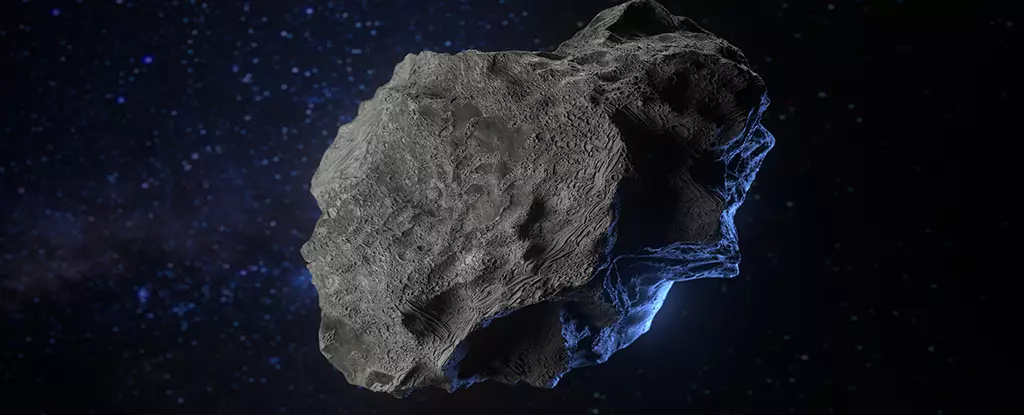The experts at NASA’s Jet Propulsion Laboratory have made a startling discovery – a massive asteroid ominously dubbed the “city killer” is hurtling towards Earth. Although it poses no immediate threat, it will make its closest approach to our planet today, at a distance of approximately 1.77 million miles. The sheer magnitude of this asteroid is mind-boggling, measuring about 890 feet across, equivalent to the size of a US football stadium. This article delves into the details of this extraordinary celestial event and how you can witness it firsthand.
The “City Killer” Asteroid
This colossal asteroid has earned its eerie nickname due to its potential to wipe out an entire city if it were to collide with an inhabited area of Earth. Fortunately, it poses no imminent danger, as it will remain too distant to be visible without a telescope. In fact, it will be approximately 7.4 times farther from Earth than our Moon, and nearly 10,000 times fainter than the faintest stars visible to the naked eye. Nevertheless, the mere existence of such asteroids serves as a stark reminder of the catastrophic consequences they can inflict on our planet.
Those eager to catch a glimpse of this extraordinary celestial event can rejoice. Gianluca Masi, an astrophysicist and the scientific director of the Virtual Telescope Project, along with his colleagues, will be providing a live recording of the event starting at 1 pm ET today. The livestream will be available on YouTube, allowing viewers to witness the asteroid passing by as a minuscule dot amidst the fixed dots representing the stars in the background. This captivating spectacle is anticipated to last approximately 45 minutes, showcasing the marvels of our universe.
Asteroid 2008 OS7 follows an elliptical orbit around the Sun, completing its journey every 962 days. After its encounter with Earth, it will continue its path through the Solar System. Due to its oblong-shaped orbit, the distance between the asteroid and our planet varies significantly. In its next close approach, estimated to occur in July 2037, it will be approximately 9.7 million miles away from Earth. NASA categorizes this asteroid as “potentially hazardous” due to its size and its proximity to Earth when it flies past our planet. According to the criteria set by NASA, any asteroid with a minimum size of 460 feet and an orbit within about 4.65 million miles of Earth is considered potentially hazardous.
While the “city killer” is not an immediate concern, its existence highlights the importance of continued efforts to monitor potentially hazardous asteroids. Although over 34,000 near-Earth objects have been identified, just over 2,300 of them have been designated as potentially hazardous. NASA, however, speculates that there are likely numerous others that are yet to be discovered. The gravest threat lies in the event of a giant asteroid on a collision course with Earth, which would require at least five to ten years of warning to devise a plan to either destroy or deflect it. In response to this looming danger, NASA’s Jet Propulsion Laboratory is actively working on the Near-Earth Object Surveyor mission. Set to launch in September 2027, this mission aims to deploy an infrared space telescope into Earth’s orbit, thereby expanding NASA’s search and tracking capabilities for potentially hazardous near-Earth objects.
The sight of a colossal “city killer” asteroid hurtling through space may stir a mixture of awe and trepidation within us. However, the imminent flyby of Asteroid 2008 OS7 offers a rare opportunity for enthusiasts and scientists alike to witness the wonders of our vast universe. As we marvel at the incredible livestream footage, we must also reflect on the ongoing efforts of organizations like NASA to safeguard our planet from the potential devastation of these celestial giants. Illuminating the night sky, this asteroid serves as a reminder to remain vigilant and proactive in understanding and mitigating the risks posed by these celestial neighbors.


Leave a Reply